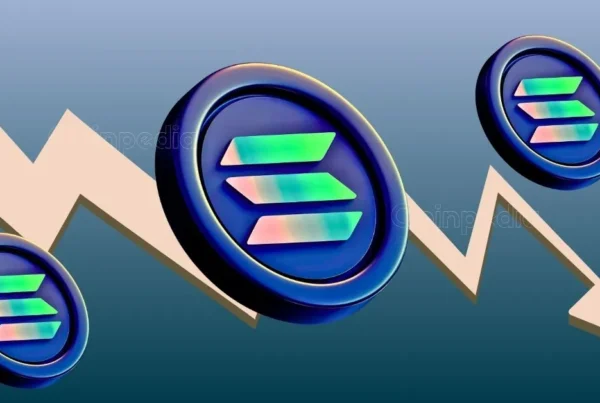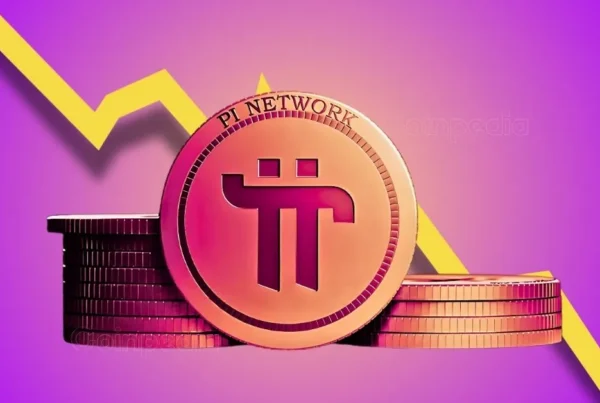Vitalik Buterin Highlights Ethereum’s Proof-of-Stake Mechanism Risks
Vitalik Buterin proposes various ways to resolve Ethereum’s proof-of-stake mechanism risks.
Ethereum co-founder Vitalik Buterin has identified potential risks in the L1 network’s proof-of-stake mechanism and proposed ways to resolve them.
Buterin made the highlights in an October 20 blog post, which covered the key objectives of “The Scourge,” a key phase in Ethereum’s roadmap. According to Buterin, The Scourge aims to minimize risks at Ethereum’s staking layer and mitigate the downsides of excessive value extraction from users.
Ethereum’s Proof-of-Stake Risks
Vitalik Buterin said centralization was one of the biggest challenges the Ethereum network faced due to economic pressure, which he argued would naturally lead to large stakers dominating and cause small stakers to drop out to join large pools in pursuit of the benefits offered by the economies of scale.
The Ethereum co-founder identified two key areas where the highlighted risks existed: block construction and stake capital provision. Per Buterin, large actors can leverage advanced algorithms to extract Maximum Extractable Value (MEV) per block to gain more revenue than small actors, potentially opening up more incentives for centralization.
At the same time, Buterin noted that “very large” actors can also escape the inconvenience of locked capital by releasing it to other market participants as a liquidity staking token (LST), passing the risks to smaller actors.
The Ethereum co-founder believes these risks can be solved with significant research on proof-of-stake economics, including ideas like implementing two-tiered staking models and slashing issuance to cap the percentage of ETH staked.



